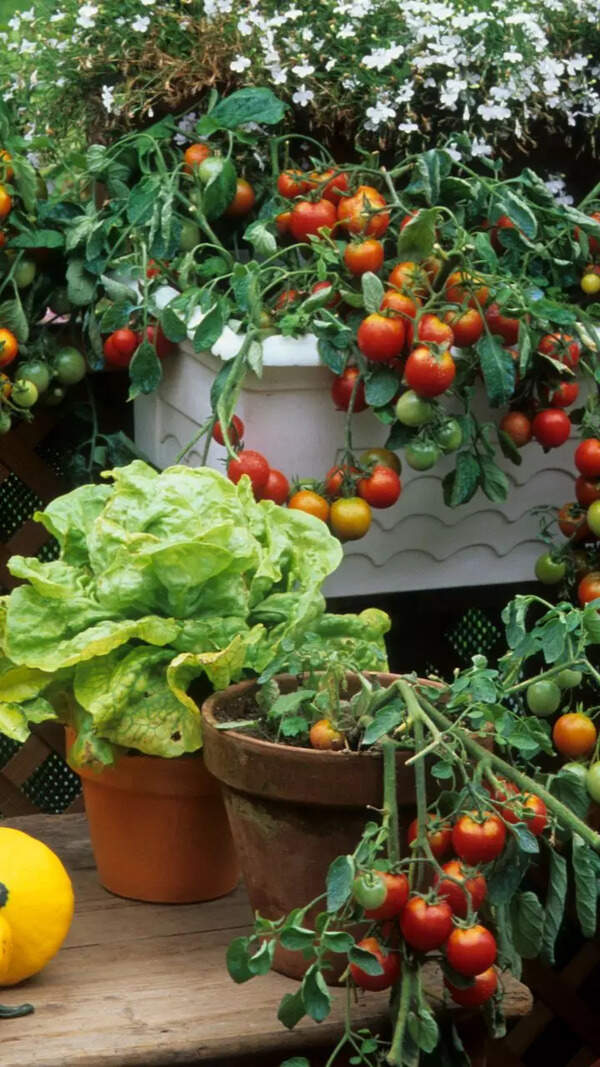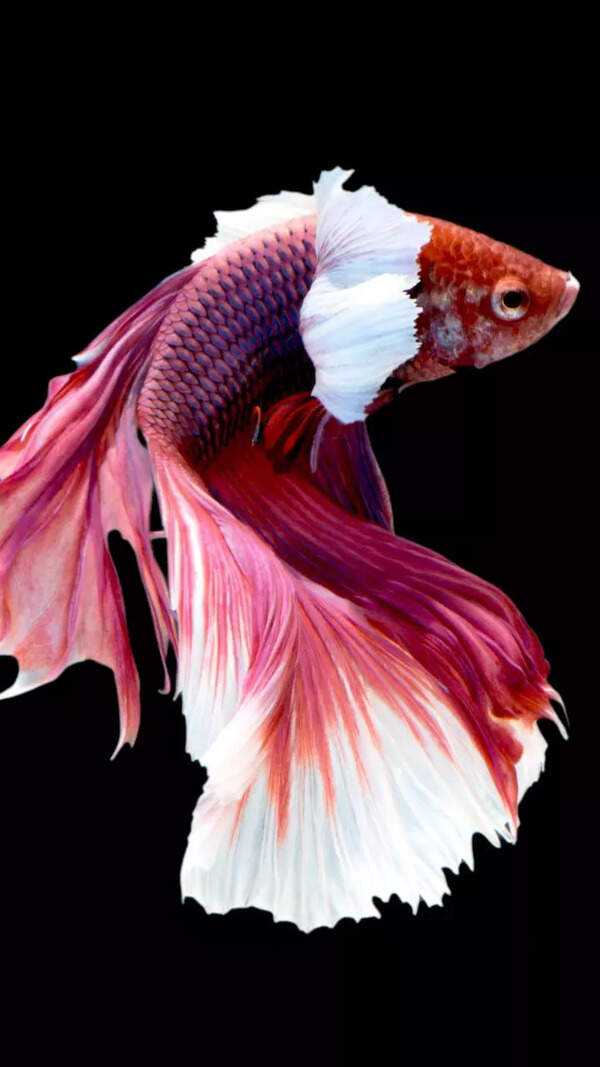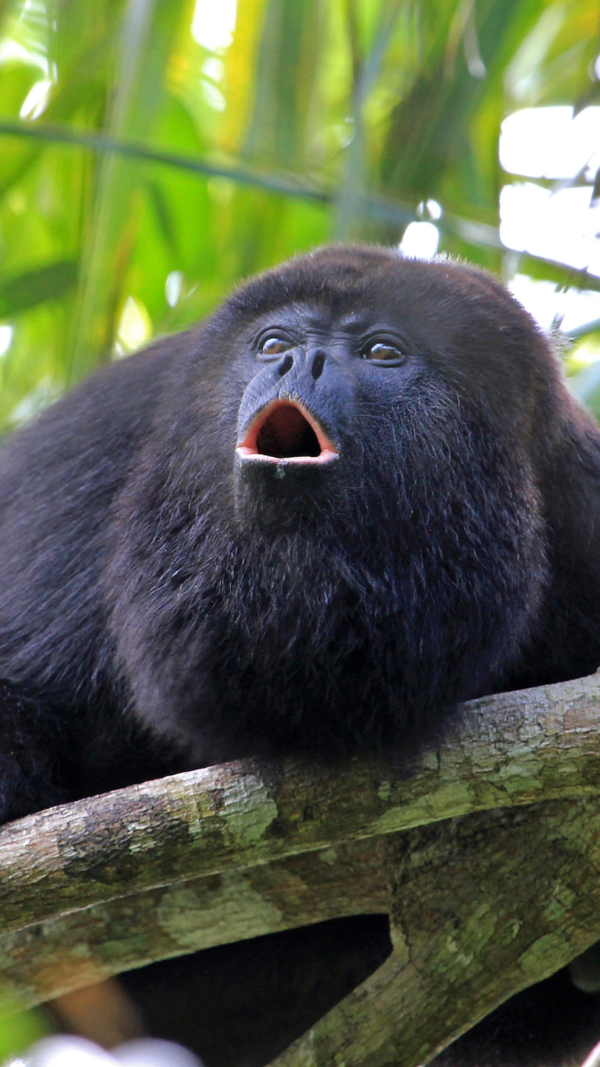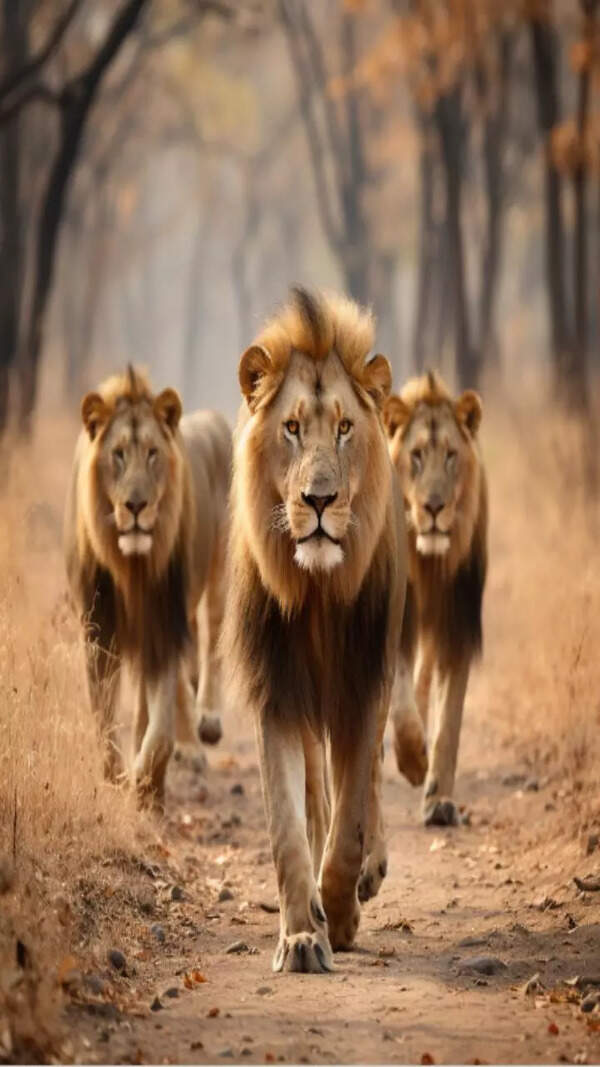From King Cobra to Hamsters: 8 animals that are known to eat their own species
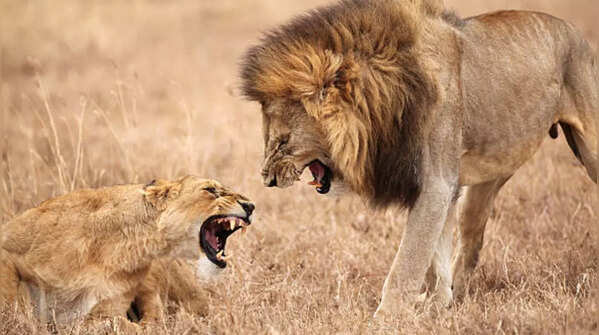
Animals that are known for cannibalism
Living in the wild can make you do a lot of things that might seem out of character. From treating your wounds with leaves to eating your own species for survival, life in the wild is called so for a reason. While we have always been aware that animals take many unexpected steps to sustain their life, did you know there are some that practice cannibalism? Almost 1,500 species have been recorded as practising cannibalism.Image credits: Getty Images

Hamsters
Hamsters are one of the very few rodents that people very excitedly adopt as pets. With their big eyes and cute little faces, everyone thinks they could never do a thing wrong in the world. But very few people know that these little fur balls are capable of cannibalism. Mother hamsters are known to sometimes eat their babies, even in captivity and the wild. It is thought they do so to compensate for a deficiency of important vitamins and minerals.
Image credits: Getty Images

Black Widow Spiders
Black widow spiders, one of the deadliest spiders in the world, are one of those unique animals that engage in something called sexual cannibalism. The females of this species devour the much smaller male spiders, even during mid-copulation. This is what inspired the name 'widow'. Although sometimes the males try to escape, mostly they accept their fate and are willing participants, which is why the act is also called 'copulatory suicide'.
Image credits: Getty Images

King Cobra
Most are aware of the fact that snakes are cannibals. From pythons to small-eyes snakes, all make a meal of one of their own. Male cape cobras have been recorded eating their rivals and male king cobras have been recorded eating females. In France, male Montpellier snakes eat the females outside of the mating season.
Image credits: Getty Images

Cane Toad
It seems cannibalism doesn't stop between mating couples but also extends to families, especially siblings! In cade toads, the larger tadpoles usually feast upon their just-hatched younger brothers and sisters. This is mostly seen in Australia, where they are an invasive and destructively abundant species.
Image credits: Getty Images

Polar Bears
Sometimes, cannibalism can emerge in rarely cannibalistic species due to external reasons such as environmental pressures. While Arctic bears were less cannibalistic before, cases of cannibalism among them have increased over the years where they eat their own after killing them.Image credits: Getty Images

Caecilians
While we have seen cases of mates and siblings eating each other, some animals practice matriphagy- the practice where the children eat their own mother. In caecilians, the mothers produce a special outer layer of skin rich in fat and nutrients. The young babies will rip off and eat this skin with their specially adapted teeth. However, the skin grows back and is replaced every three days.
Image credits: Getty Images

Hippopotamus
Hippopotamuses might seem to be those animals who have an 'I don't care' attitude, but their life is something to be studied. These water-loving animals are known to eat the corpses of dead adults, even though they are primarily herbivores.Image credits: Getty Images

Lions
Kept the most surprising one for the last! Did you know that lions kill the babies of their pride? When a new male takes over the pride, he will commonly kill all the existing cubs as he doesn't want to become a 'step-father'. This is also done so that he can breed with the mothers more quickly. Mostly, those killed are then eaten by the rest.
Image credits: Getty Images
